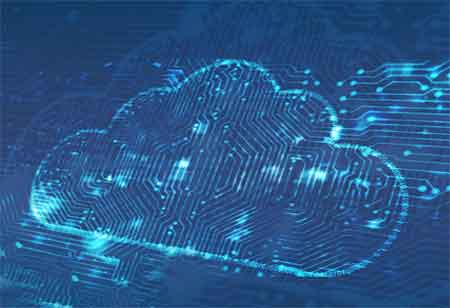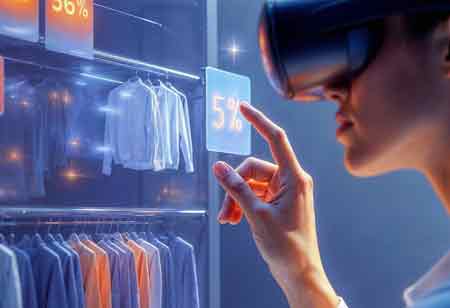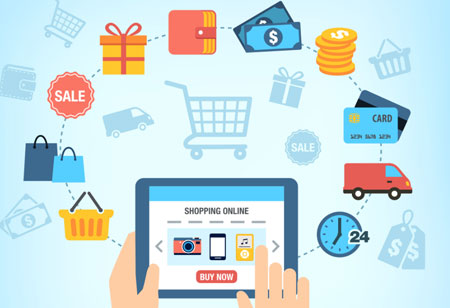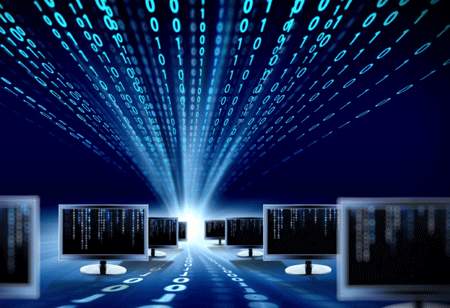THANK YOU FOR SUBSCRIBING
What Are IoMT based Wearable Trends?
Wearable IoMT biosensing lifestyle gadgets enable gathering vital biometrics in real-time, even when the wearer is not in a medical facility.

By
Apac CIOOutlook | Wednesday, December 01, 2021
Stay ahead of the industry with exclusive feature stories on the top companies, expert insights and the latest news delivered straight to your inbox. Subscribe today.
Fremont, CA: Home healthcare has overgrown in the last decade, with consumers today more interested than ever in understanding, maintaining, and enhancing their health and well-being. As a result, there is a surge in demand for simpler, quicker, and internet-enabled telemedicine and telediagnostic technologies. The Internet of Medical Things (IoMT) technology has created many new options for meeting these demands.
Wearable IoMT biosensing lifestyle gadgets enable gathering vital biometrics in real-time, even when the wearer is not in a medical facility. Physiological and bio-sensing smart devices are networked with smartphones and cloud-based apps to continually monitor and record key metrics and contextual information, which is made conveniently accessible to users and medical practitioners.
The gadgets have proven to be quite useful, and their popularity is growing, with several developers now attempting to market their wearables. However, developing wearables may be more difficult than developing a standard medical device because of its unique components and associated complexities. A detailed grasp of these technologies, their intended purposes, and the methods required to make them safe and helpful is necessary for success.
Let's see a few important trends:
- Bioelectronic medicine using wearables
The expanding discipline of bioelectronic medicine has shown that the human body is a bio circuit. Neuromodulation, or the application of electrical stimuli to specific body areas, can cause a predetermined reaction to accomplish a therapeutic goal. When appropriate, a "closed-loop" system that automatically adapts to a patient's clinical condition might improve therapeutic efficacy. A wearable incorporating EEG can allow real-time monitoring of how the brain reacts to stimuli, which can then get refined using an algorithm.
- Wearable bio-sensing vs. physiological sensing
Wearable biosensory devices enable clinicians to obtain and analyze lab-quality data at any time, enabling higher-quality and more tailored healthcare. Such capacity can help prevent unnecessary worsening of problems when patients require around-the-clock care and shorten the time between when symptoms occur and when a patient can visit their provider.





